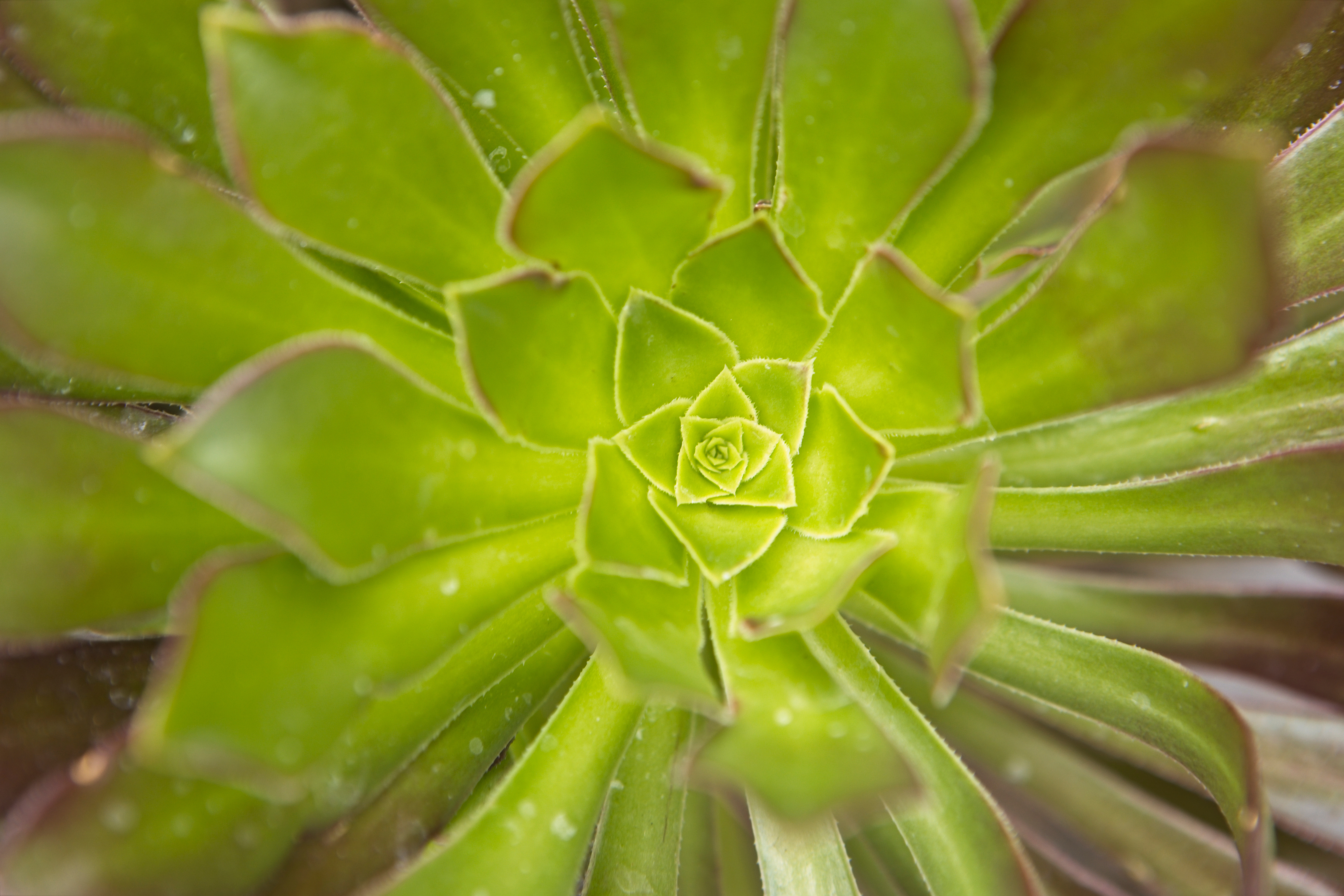Smith's giant houseleek
(Aeonium smithii)

Description
Aeonium smithii is a species of plant in the genus Aeonium in the Crassulaceae family. Aeonium smithii grows as a perennial, densely branched small shrub and reaches a height of up to 60 centimeters. The smooth, densely hairy shoots are not patterned like a net and have a diameter of 7 to 30 millimeters. Their fairly flat rosettes reach a diameter of 6 to 15 centimeters. The obovate, slightly downy leaves are 3 to 7 inches long, 1.3 to 3 inches wide and 0.1 to 0.15 inches thick. They are tapered towards the tip. The base is wedge-shaped. The leaf surface is shiny. There are clear brownish longitudinal stripes containing tannins on the leaves. The edge of the leafis studded with cone -shaped lashes up to 0.3 millimeters long and some additional hairs that are 0.1 to 0.5 millimeters long. The inflorescence has a length of 4 to 15 centimeters and a width of 4 to 9 centimeters. The inflorescence stalk is 4 to 40 centimeters long. The eight to twelve petals are on a 1 to 9 millimeters long, slightly downy pedicel. Their sepals are slightly downy. The yellow, reddish lined, lanceolate, pointed petals are 7 to 9 millimeters long and 2 to 2.5 millimeters wide. The stamens are bare. The chromosome number is 2n = 36. Aeonium smithii is common on Tenerife at altitudes of 150 to 2150 meters. The first description as Sempervivum smithii by John Sims was published in 1818. Philip Barker Webb and Sabin Berthelot placed the species in the genus Aeonium in 1840. Aeonium, the tree houseleeks, is a genus of about 35 species of succulent, subtropical plants of the family Crassulaceae. Many species are popular in horticulture. The genus name comes from the ancient Greek "αιώνιος"/"aionios" (ageless). While most of them are native to the Canary Islands, some are found in Madeira, Cape Verde, Morocco, in East Africa (Ethiopia, Somalia, Uganda, Tanzania and Kenya) and Yemen. The succulent leaves are typically arranged on a basal stem, in a dense, spreading rosette. A feature which distinguishes this genus from many of its relatives is the manner in which the flowers bear free petals, and are divided into 6 or 12 sections. Each rosette produces a central inflorescence only once, and then dies back (though it will usually branch or offset to produce ensuing rosettes).
Taxonomic tree:







